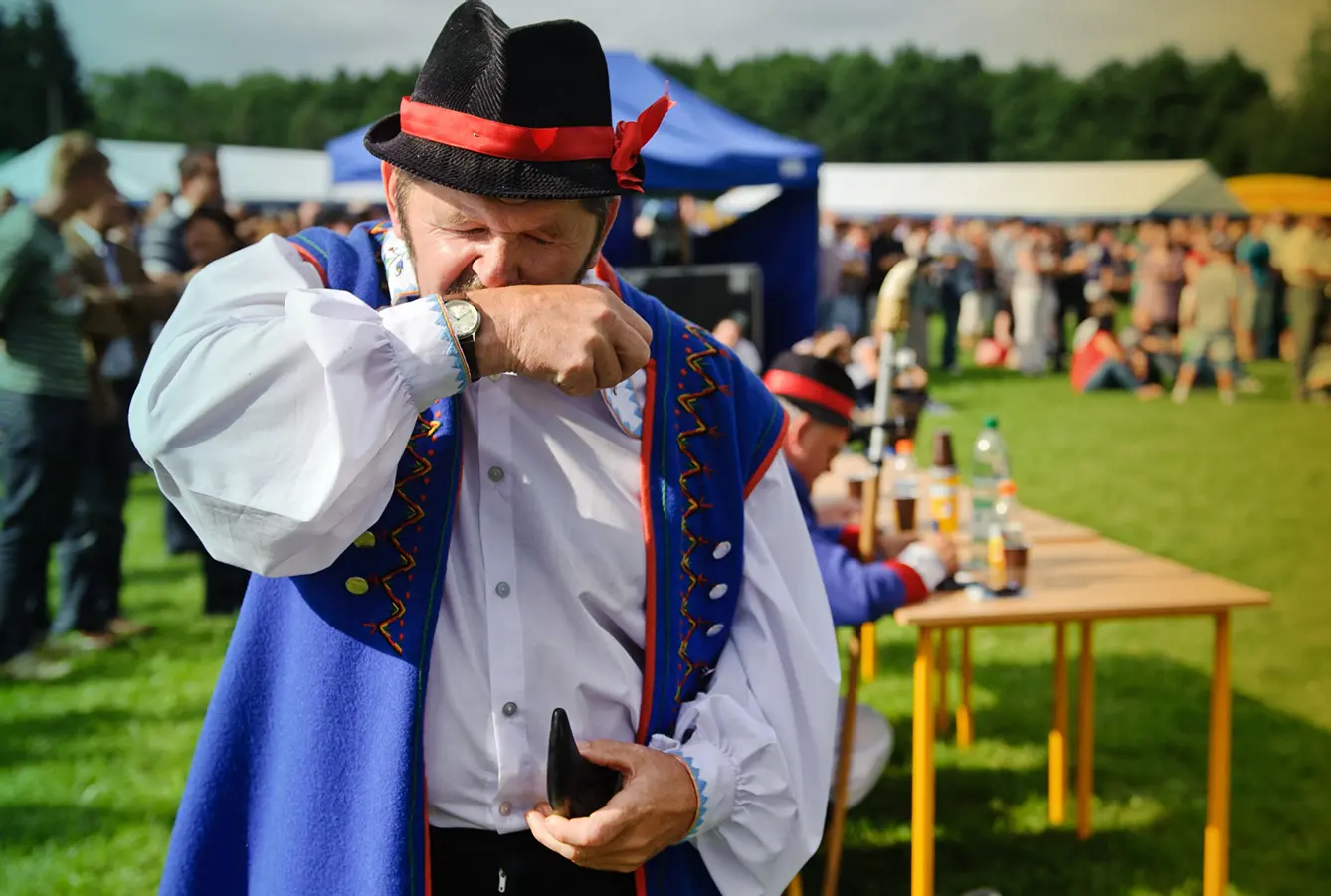According to the old Kashubian legend, the devil himself was involved in introducing tobacco to the Kashubian lands. The story says that he was rather annoyed with a very likable and honest villager. As he wanted to force him to commit a deadly sin, he set a trap. The devil sowed a plant foreign to the land and waited.
One day, when the happy chap was passing him by, the devil took on a human form and said: “My dear friend, I heard you’ve lived in this area your entire life. Please, be so kind as to tell me the name of this plant.” The villager, of course, had no idea but was too embarrassed to admit it, so he told the devil he needed to go and ask his wife as he had forgotten. Happy with the outcome, the devil forced the man to promise that should he fail to find out the name of the plant, he would have to give his soul over to him.
Snuff: the devil’s deed
Upon his return, the peasant told his wife of everything that has happened. Worried, she decided to help her husband. Disguised as a hen, she went to where the plant was growing and started trodding on it and clucking. The surprised devil tried to chase her away: “Shoo! Out of my tobacco!” he exclaimed. She hurried back home and told her husband the plant’s name. The peasant then came back to where the devil was waiting for him and said, “The plant is called tobacco.”
Double-crossed, the devil returned to hell, angry, beaten, and empty-handed. The peasant, on the other hand, took the plant home. When it dried out and crumbled, he accidentally sniffed some up his nose… And that’s how the snuff craze began.
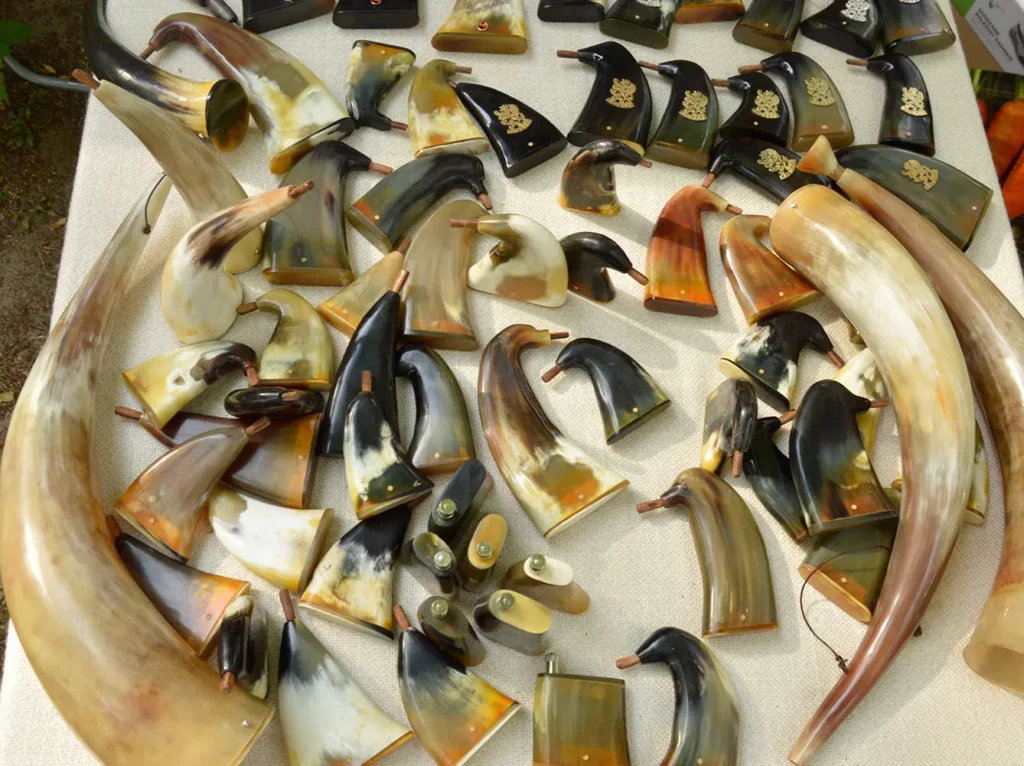
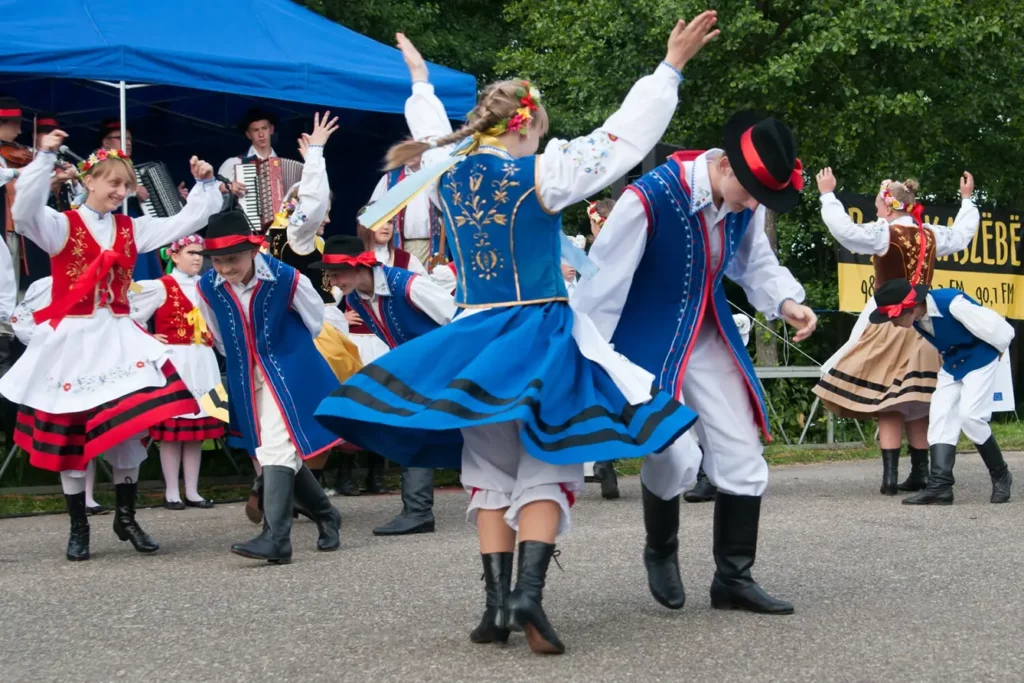
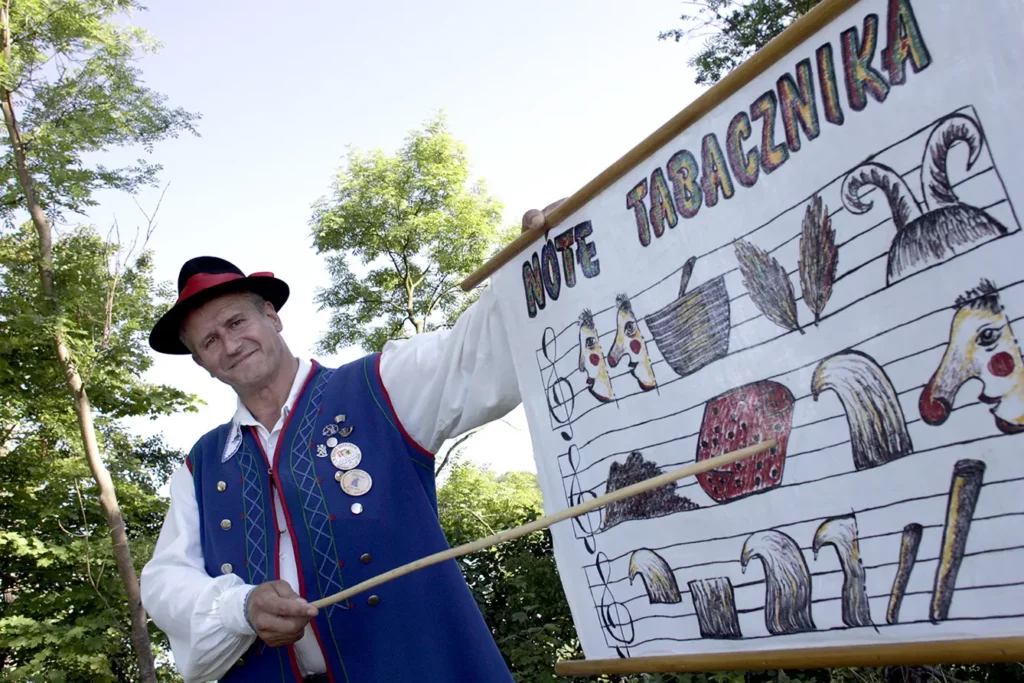
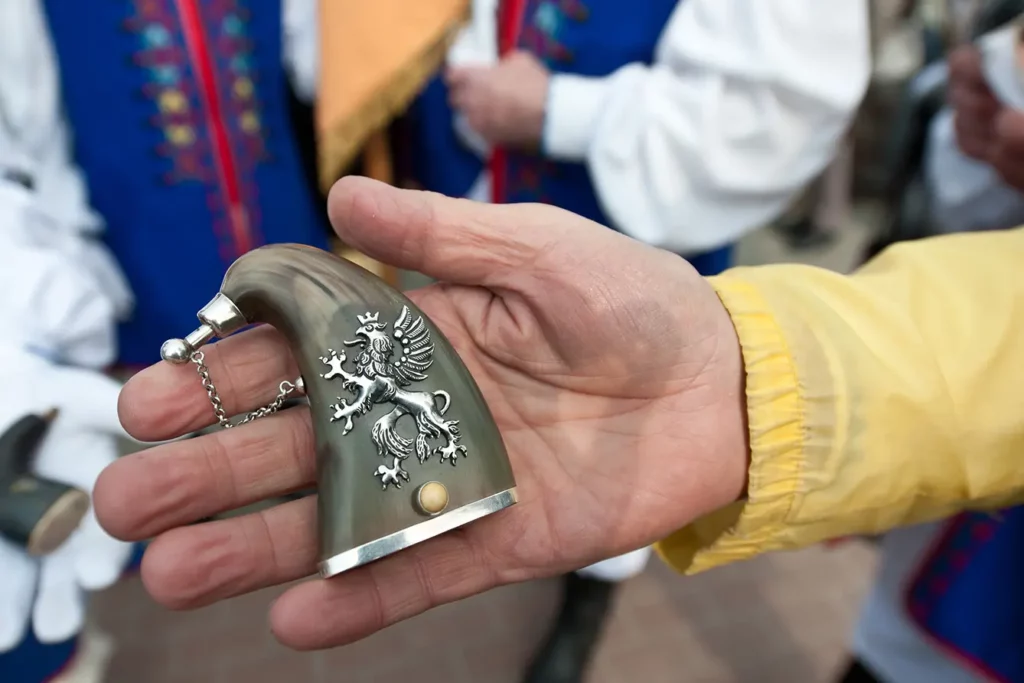
At least according to the legend. The real story is much more prosaic and involves the all-too-well-known trip of Christopher Columbus to the Americas and also a French doctor Jean Nicot (Nicot = nicotine. Neat, huh?), who promoted tobacco in Europe as a remedy for certain conditions.
It is impossible to tell exactly when tobacco appeared in Poland, but it is estimated that about the 17th century. Still, according to Kashubians – tobacco was present in this land forever. If anything, the devil took it to America as the Kashubians were doing his head in trying to make him grow more of the “Devil’s Herb,” as some still call it.
Kashubians? Is it a dish?
But who are these Kashubians, and what language do they speak? They are an ethnic group consisting of western Slavic tribes that settled in Pomerania. They are thought to have come to this area in the 6th century AD. They settled in Western Pomerania and slowly moved East. They speak their own language (also defined as a dialect but also these days referred to increasingly often as an ethnolect) that is widely spoken. In some ways, it does resemble Polish and can to some extent be understood by Poles not knowing Kashubian. It is also the only regional language in Poland recognized by an act of law.
Kashubian culture is rich, colorful, and unique. And one thing is for sure – Kashubians are very proud of their ethnic heritage, and if you live in Pomerania, you are bound to know of their existence and their cultural legacy. Being expressive, however, always comes at a price, and Kashubians pay their own. Labeled by some as loud, mean, and quarrelsome, their temperament is very often a source of misunderstanding.
Oh, and if anyone tells you that Kashubians have a black palate, they will probably think it refers to their habit of taking snuff but beware – as they will be wrong! It is actually a rather offensive moniker referring to that alleged abruptness. Given to Kashubians by the Germans occupying their lands, the simile was a way of likening them to… dogs. So better not to pick that bone, pardon the pun.
Chcemë le so zażëc!
One element of the Kashubian culture that is so widely promoted that it is impossible to miss is the culture of using snuff tobacco. It became such a vital element to the local folklore that there is simply no way of imagining a Kashubian without his snuffbox (or tabakiera, as it is called in Polish). Just as it is impossible to detach Polish mountaineers (górale) from their ciupagi [hatchets] and oscypki [sheep’s cheese]. Or visit Kraków without eating an obwarzanek [bagel]. Snuffing became more than just a habit. It is a ritual that is often referred to as the Kashubian Pipe Peace.
Chcemë le so zażëc! Or, in other words, “shall we take some snuff?” is an expression you will hear often among the real-deal locals. Refusing snuff when offered is a terrible faux pas! If things are done right, snuff is taken by the most senior member of a gathering. They then offer it to another member of the group, who, in turn, passes it on until the last person snuffs some too. To be clear – women snuff just as well as men do!
Show me your snuffbox, and I shall tell you who you are
The prominent role of snuff has its reflection in the tradition of making snuffboxes. Kashubians make theirs from cows’ horns. First warmed up on the fire (or boiled in water with potato peels), they are softened and then molded – slightly flattened but still kept in a horn shape – and left to harden again. Finishing touches include polishing, carving, and decorating. Making one traditional snuffbox can take weeks.
Every real Kashubian has their own tabakiera. In fact, usually more than one. Kashubian snuffboxes are considered collectibles, and many enthusiasts are searching for the most unusual items and stories connected to them. The latter is probably of greater importance, as for a Kashubian, his tabakiera is a life companion. In the past, young men were not allowed to own a “real” cow-horn snuffbox until they got married.
On their big day, ceremonially, they would smash their clay snuffbox and receive the first proper tabakiera – as a symbol of manhood, maturity, and responsibility. They would then carry it through their life journey to finally be buried with it. And yes – collectors do admit (with pity) that no matter how long they’d search – their collections can only reflect what the departed took with them to the underworld.
But snuffboxes are no good when empty. Making good snuff is an art of its own. It takes patience, the right equipment and… fantasy. Every household has its secret recipe for snuff. It is aromatised with amber, juniper, camomille, leaves of cherry trees or blackcurrants, and… even prunes! Some snuff-makers add spirit for the scents to mix better. Others, to the same end, use cognac or whiskey. As you can see – good snuff is a product of imagination and skill.
Keeping tradition alive
Kashubian people suffered great repression after the Second World War. Their culture and traditions, however, survived. But then, in the modern-day era, they also had to overcome hurdles to maintain their identity. Snuff tobacco got banned in Poland in 1996. The outrage of the Kashubians was understandable. They put up a real (stubborn) fight, and four years later succeeded in changing the law. Nevertheless, every now and then new regulations appear, making it difficult for an average Kashiubian to keep their customs and traditional trades alive.
Example? For the past 19 years, Chmielno (a village in Kashubia) has been hosting an annual Poland Snuffing Championships. Although it is about much more than just snuffing tobacco (it is an occasion to meet and get to know Kashubian customs, tales, crafts, etc.), some voices are trying to discredit the event labeling it as a promotion of addictive behaviors that are detrimental to health. Thankfully the Kashubian (alleged) stubbornness has kept the event going, and it is not showing any signs of stopping.
Kashubia is a region of Poland that has a lot to offer. Lakes surrounded by deep, green forests and moraine hills give this land its stunning beauty. But to get to know it better, you need to mix with the locals. So before visiting, make sure you practice your snuffing. It will certainly make it that little bit easier to befriend a Kashubian and encourage them to share their tales.


